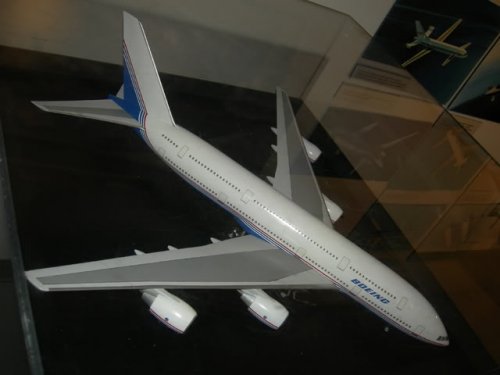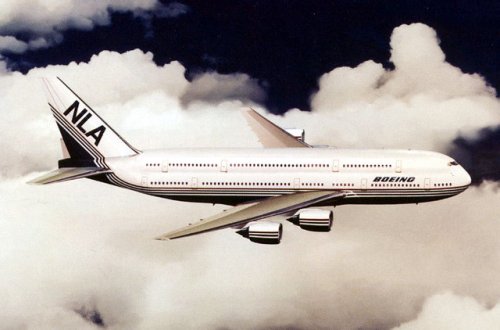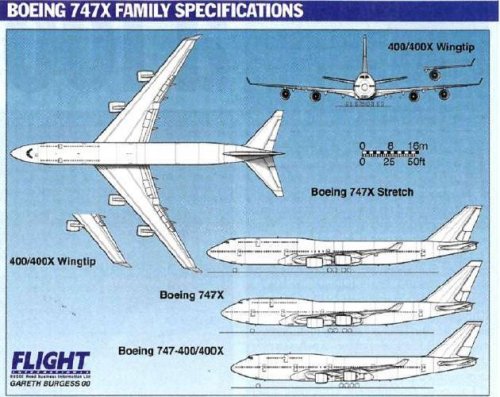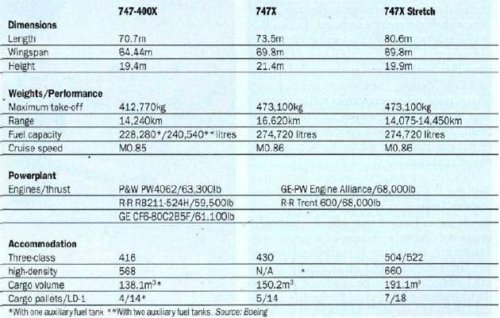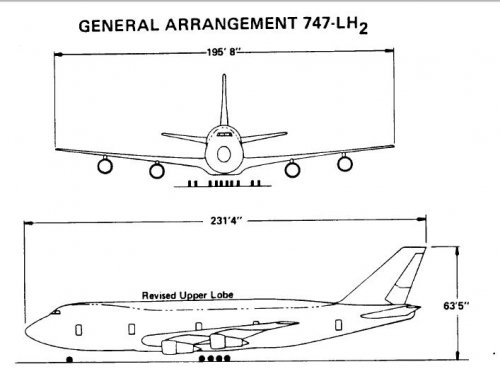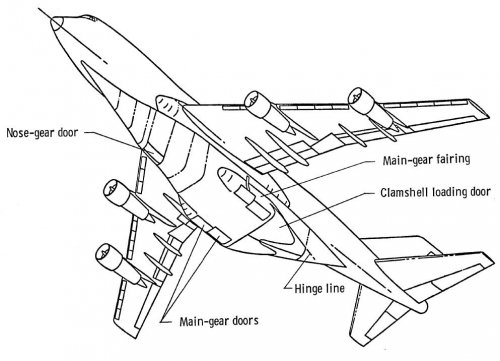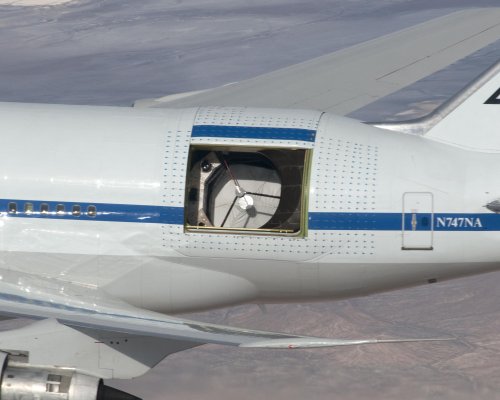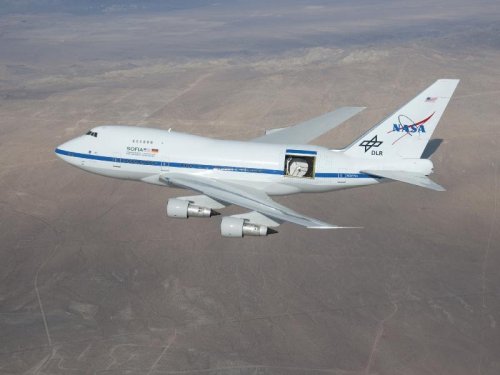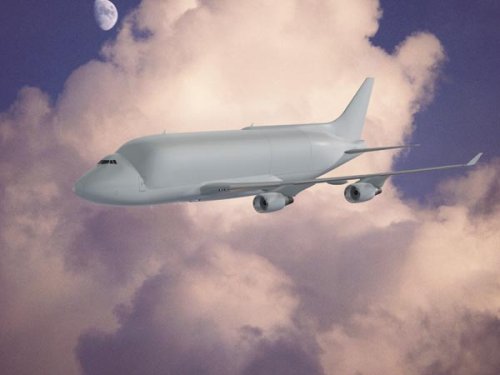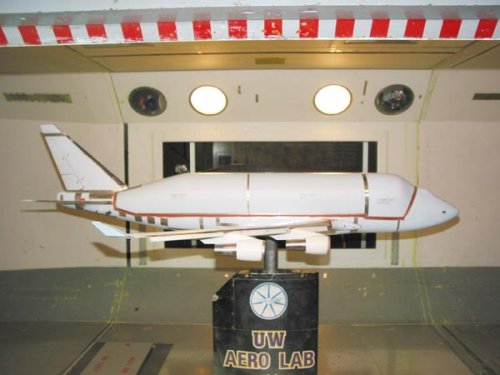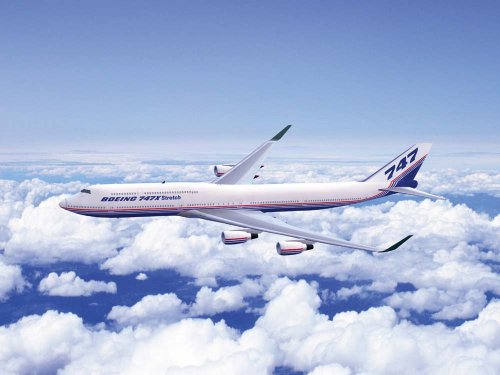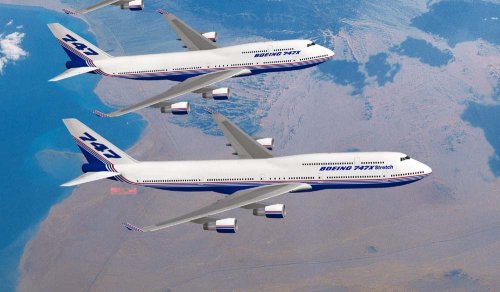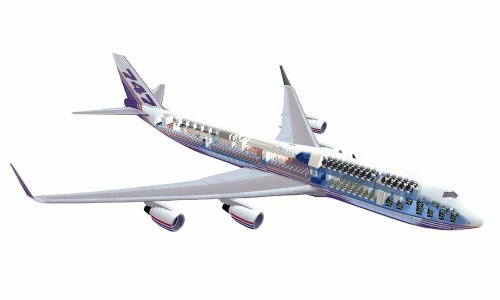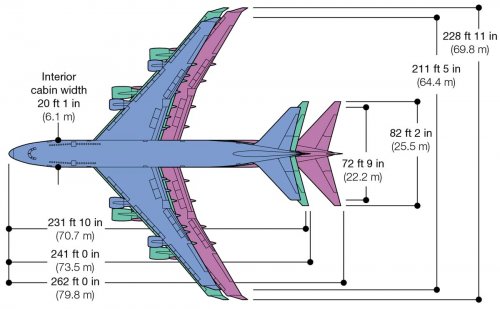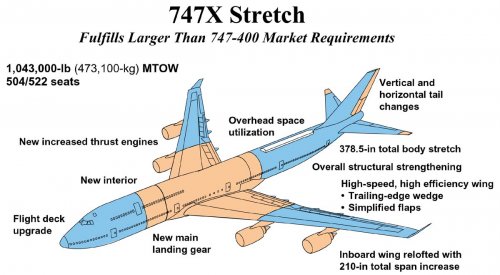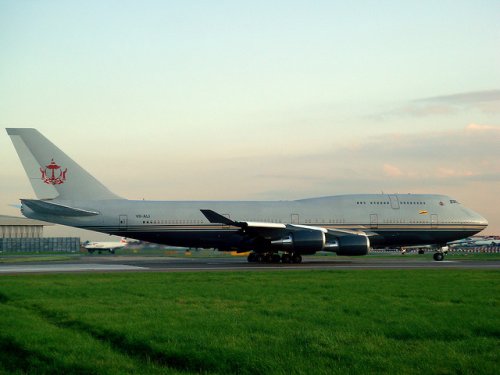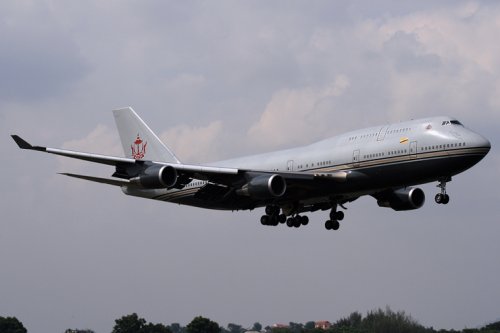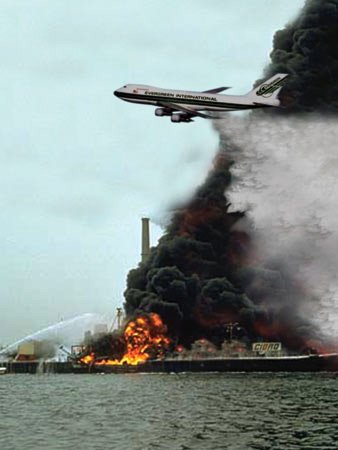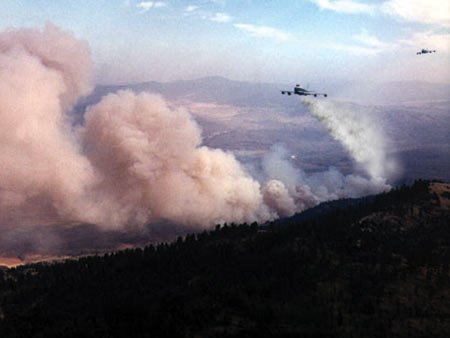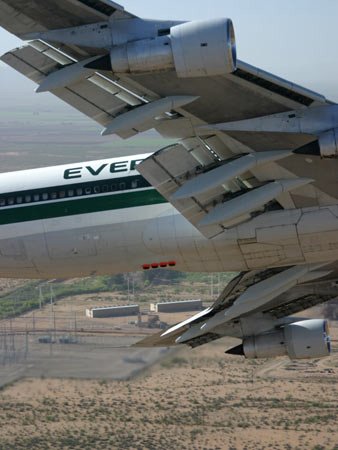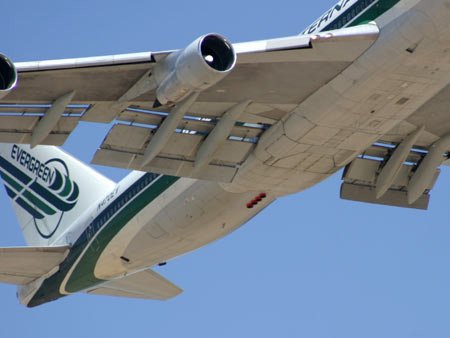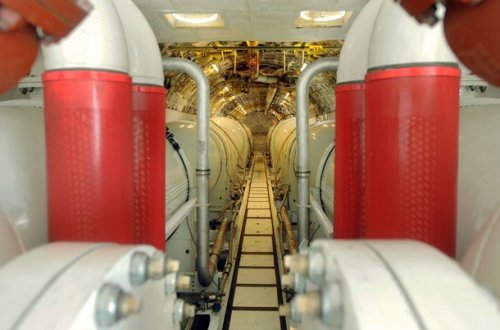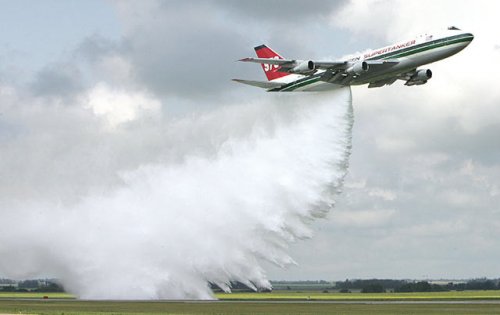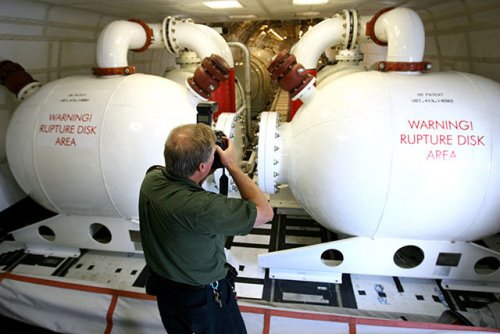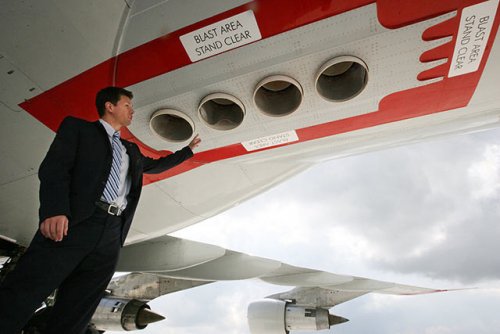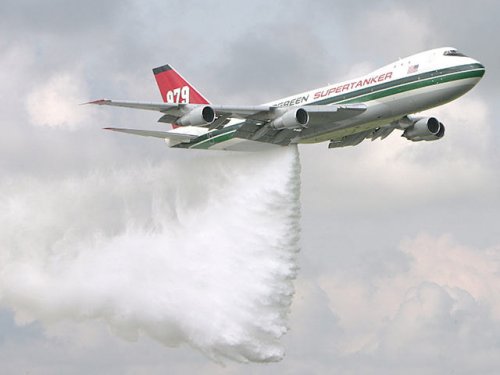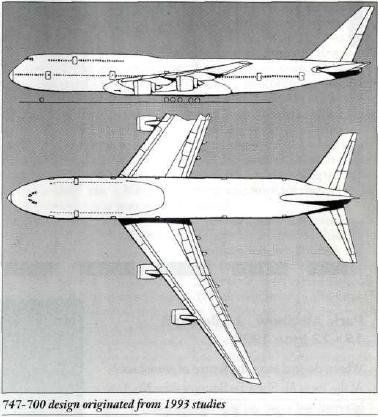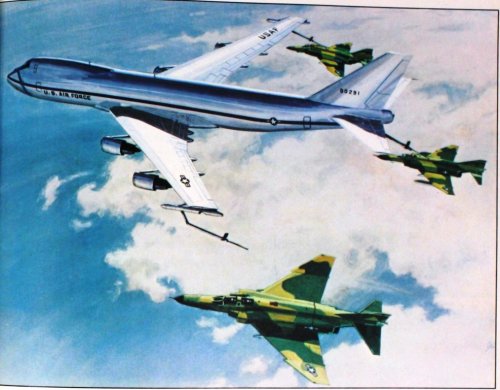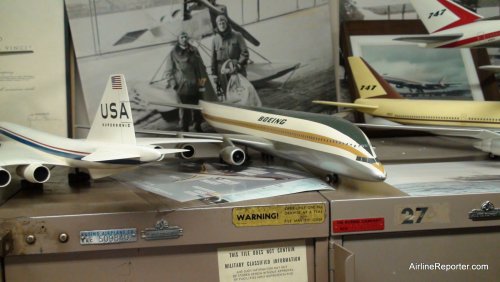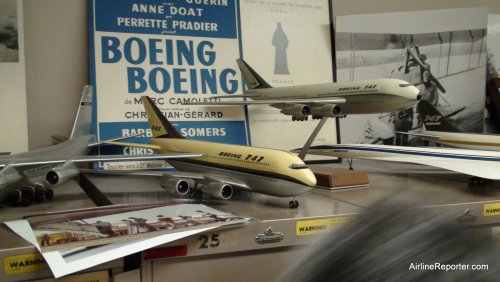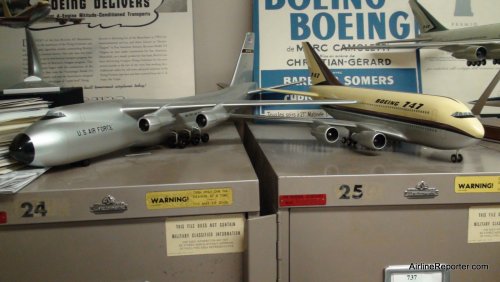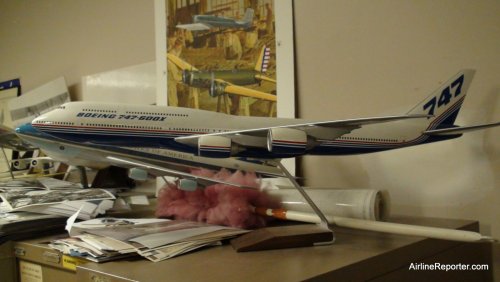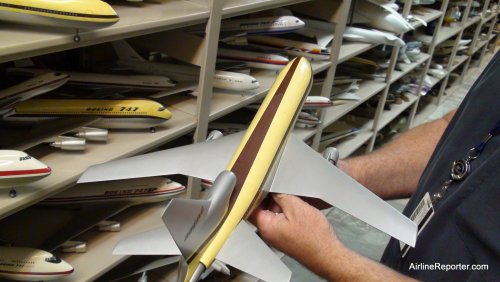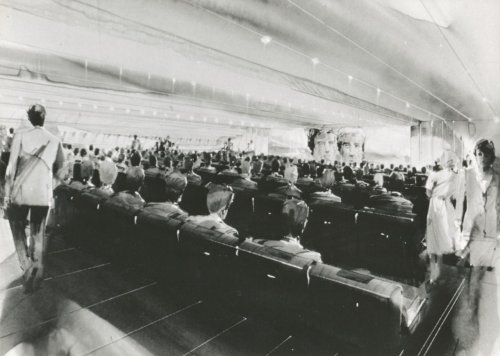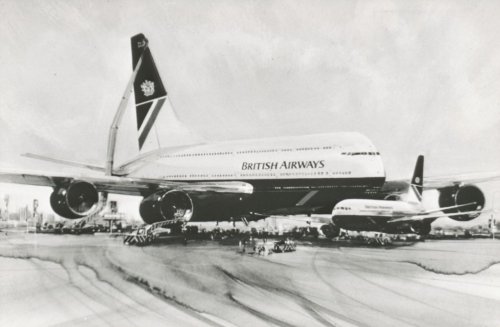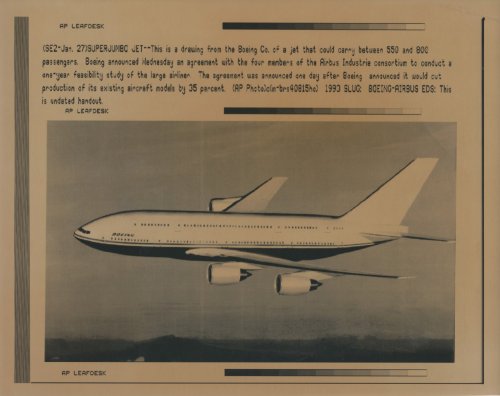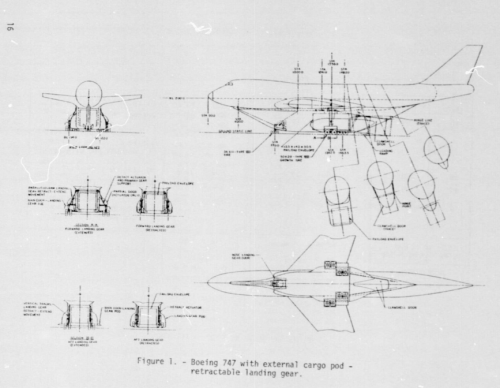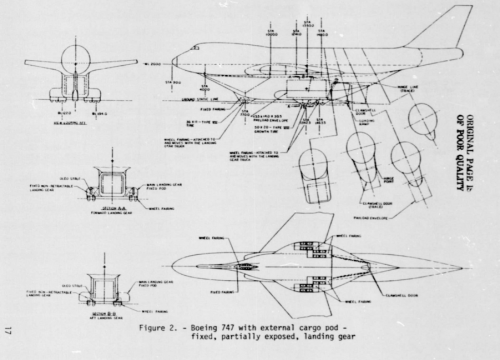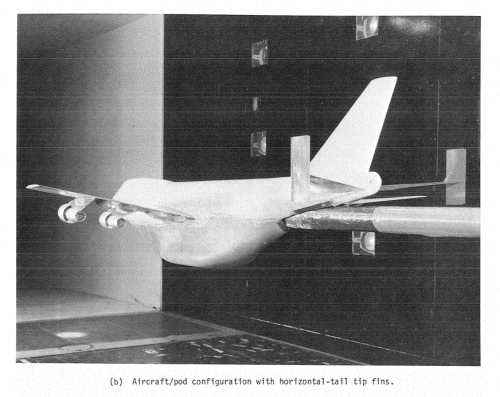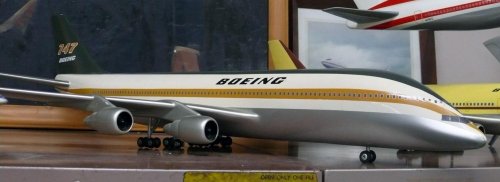Boeing announced the 747-500X and −600X at the 1996 Farnborough Airshow. The proposed models would have combined the 747's fuselage with a new 251 ft span wing derived from the 777. Other changes included adding more powerful engines and increasing the number of tires from two to four on the nose landing gear and from 16 to 20 on the main landing gear. The 747-500X concept featured an increased fuselage length of 18 ft to 250 ft long, and the aircraft was to carry 462 passengers over a range up to 8,700 nautical miles. The 747-600X concept featured a greater stretch to 279 ft with seating for 548 passengers and a range of up to 7,700 nmi. A third study concept, the 747-700X, would have combined the wing of the 747-600X with a widened fuselage, allowing it to carry 650 passengers over the same range as a 747-400.The cost of the changes from previous 747 models, in particular the new wing for the 747-500X and −600X, was estimated to be more than US$5 billion. During this time, Boeing also studied a full double decked version that looks very similar to an Airbus A380. Boeing was not able to attract enough interest to launch the aircraft and abandoned it shortly after the merger with McDonnell Douglas in 1997. This left the Airbus A3XX, which eventually became the A380, alone in the NLA (New Large Airliner) category until 2005 when the 747-8 was launched. The 747-8 is most similar in size to the Dash 500. Its fuselage was lengthened from 232 to 251. It has surpassed the Airbus A340-600 as the world's longest airliner. The 747-8 is equipped with General Electric GEnx-2B67 engines. The 747-8 Freighter version or 747-8F is derived from the 747-400ERF. The 747-8F can accommodate 154 tons of cargo. To aid loading and unloading, it features an overhead nose-door. It has 16 percent more payload capacity than the 747-400F and can hold seven additional standard air cargo containers. The 747-8 Freighter made its maiden flight on February 8, 2010. Deliveries of the 747-8F began in October, 2011 to Cargolux The passenger version, named 747-8 Intercontinental or 747-8I, will be able to carry up to 467 passengers in a 3-class configuration and fly more than 8,000 nmi at Mach 0.855. As a derivative of the already common 747-400, the 747-8 has the economic benefit of similar training and interchangeable parts, but it features a new cabin interior and avionics. The 747-8I is to begin deliveries in early 2012 to Lufthansa. The first test flight was on March 20, 2011 after a February, 2011 rollout. The 747-8 has received 126 total orders with 76 for the −8F, and 50 for the −8I as of June 2011. Some source material from: Wikipedia

